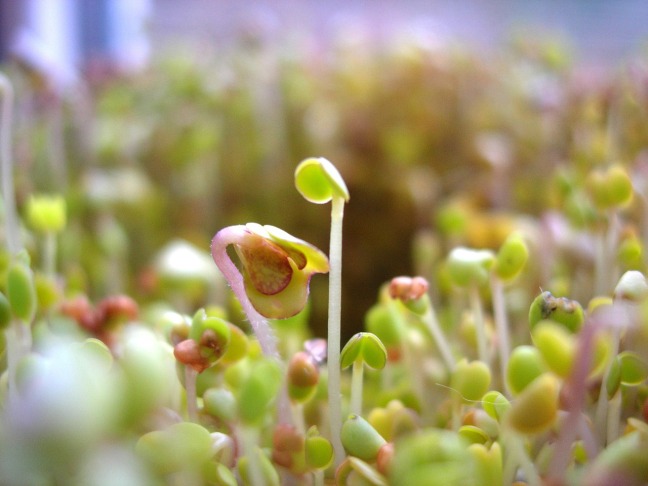I was being a dutiful music librarian yesterday, when I looked up the Tonic Sol-Fa proponents John Curwen and his son J. Spencer Curwen, to see what of their output was in the Conservatoire library. My first shock was discovering that we had catalogued a couple of Mrs J. Spencer Curwen’s piano teaching books under her spouse’s name. (The horror!) Having righted this wrong – with apologies to her memory* – I thought I’d glance at J. Spencer Curwen’s Folk Songs of Many Lands, published by the family firm in 1911. We had access to an electronic version in the library, but I borrowed the hard-copy to bring home and examine more closely in my own time.
What am I always saying about the prefaces of these books being the most fascinating aspect of this genre? I was enthralled immediately!
Folk Songs of Many Lands, collected by J. Spencer Curwen; words by Florence Hoare [et al]; accompaniments by Percy E. Fletcher (London: Curwen, 1911)
Let me share the bulk of this preface with you, to show you what I mean. (It’s okay – J. Spencer Curwen is well out of copyright!) One of my own bêtes noires is the idea that a folk song could have just arisen out of thin air or been collaboratively crafted by multiple people – I’ve always felt this denies the very fact that someone, somewhere, had the idea and developed into a song, no matter how many iterations it subsequently goes through, so I quite liked how this compiler starts his preface:-
‘A Conscious or Unconscious Artist’
‘There has been a good deal of discussion lately as to the nature of a folk-song. Is it a song of “communal origin” built up by a succession of singers, originating nowhere, bearing no name, impersonal and evolved? Or is it any popular song that has staying power, that has been in the mouths of the people for say a hundred years, a song that is simple and artless, but which, whether a name is attached to it or not, was undoubtedly first the work of a conscious or unconscious musical artist?’
Curwen says he has,
‘[…] never found a statement of the “evolved” origin of the folk-song such as is upheld […] by some collectors in England. The only place [he has] discovered this idea is in a work of fiction, the popular little German story “Immensee”, by Storm. One of the characters in this book, after singing a folk-song and being asked who wrote it, says of folk-songs generally:-
[Here it is quoted in German, before the quote is translated.]

“They are not made; they grow, they fall from the air, they fly over the country like gossamer-threads, hither and thither, and are at once sung in a thousand places. We find in these songs our inmost deed and suffering; it is as if we had all helped to make them.”
Curwen does not hold with this idea, and says it finds a parallel with the remark of the little enslaved girl in Uncle Tom’s Cabin:-
‘Topsy, as we all know, grew, she was not made.’
(In the story, Miss Ophelia tries to explain the idea of the Christian God to Topsy, asking the little girl if she knew her creator, and Topsy’s answer was, ‘I ‘spect I growed. Don’t think nobody never made me.’ So now we know that Curwen has either read Harriet Beecher Stowe’s already nearly sixty year-old bestseller, or he’s just using an expression that has entered common parlance. I myself have often read that something ‘like Topsy, just growed’, but I didn’t realise where the phrase came from! Must get round to reading that book, a new edition already sitting on my bookshelf.)
So Curwen continues,
‘And this is like Storm’s folk-song. I do not know if this pretty idea will help the case for those who talk of “communal origin.” But of one thing I am sure. The charming melodies in this book […] are the works of men and women who, whether they knew the fact or not, were artists. These tunes were composed for the people, not by the people. The idea that from an amorphous condition these melodies were gradually moulded into shape by being handed from one untutored singer to another is to me unthinkable.’
So far, so good. But I disagree with Curwen’s next comment!
‘Deteriorates’?!
‘Popular use deteriorates melodies, it does not shape them.’
Says who, Mr Curwen? Says who? We want the tunes to be popular and used – we can’t actually stop little changes creeping in! Nowadays we tend to accept that there may be variants to a tune. I personally don’t get upset about it, though there will always be some who try to establish which is the ‘best version’.
At this point, Curwen turns to introduce the scope of the songs in his book and their national characteristics, concluding by pointing out that it contains no British or Irish songs, as they already appear ‘in so many collections’. He is so right there! Dozens and dozens of collections.
The songs are arranged for two voices. There were two editions, one wholly in staff notation with piano accompaniment, and the other purely a vocal score with staff and sol-fa vocal lines. (Our library copy came from Bayley & Ferguson’s shop in Queen Street, Glasgow – where else? Just round the corner from the old Athenaeum building, as it happens – it didn’t travel far.) Many of the English texts are by Florence Hoare, though she is not the sole lyricist. A couple do also have their original language verses at the bottom of the page. There are very few annotations, of the most minimal kind – for example, explaining what a may-pole is. It’s a respectable looking book with decent accompaniments, providing the singing teacher was a competent pianist!
Fifty-one years later, some of the songs were set to guitar in an edition by John Gavall, Folksong and Guitar, still published by Curwen. It says something not only for the longevity of the collection, but also for the continued belief amongst pedagogues that folk-songs really are good material for children to learn!
*NOTE. Mrs Curwen’s published piano teaching output was extensive, including pedagogical psychology as well as a highly popular piano method. Another woman who certainly made a name for herself!



One thought on “Folksongs: did they Grow, or were they Made?”